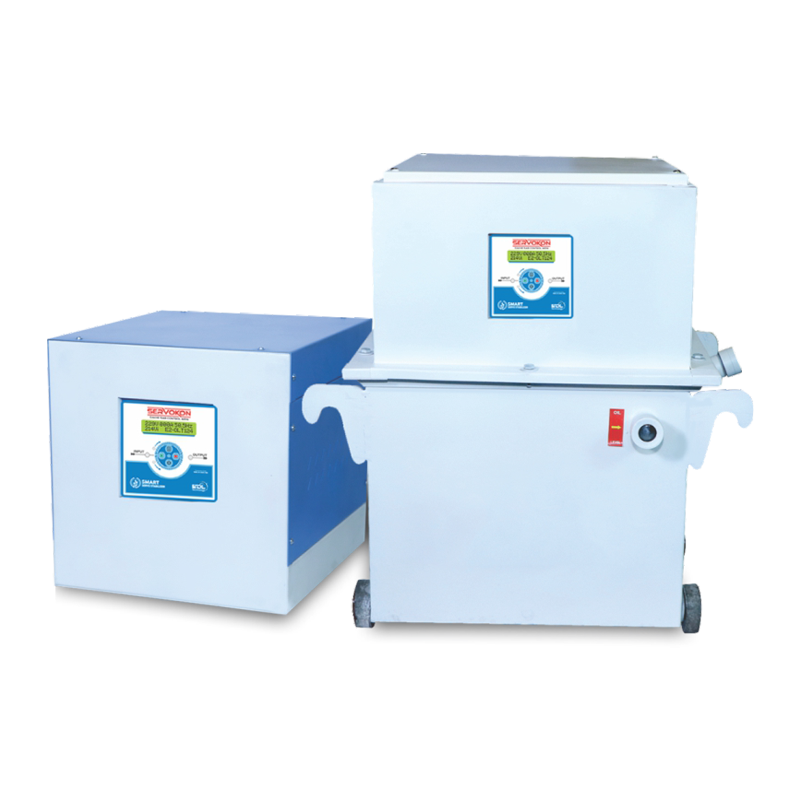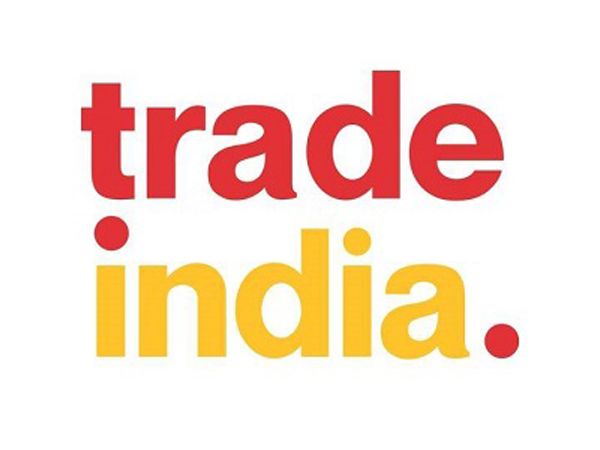Troubleshooting 5 Common Problems With Servo Stabilizer: Causes, Reliable Solutions, and Maintenance Tips

Servo stabilizers are remarkable voltage-controlling equipment that protects electrical appliances from major fluctuations. However, there are a few common problems that anyone can face. From overheating to component failure, such issues can damage a servo stabilizer if you haven’t maintained it carefully. Further, a faulty stabilizer can cause damage to electrical appliances that can’t be repaired easily, and troubleshooting them becomes the only solution. In this blog, we will discuss the seven common problems with servo stabilizer, their solutions, and smart tips to prevent such issues in the future.
5 Common Issues of Servo Stabilizers:
Overheating
One of the most common problems with servo stabilizers is overheating. You can confirm this issue by touching the outer frame of the stabilizer or by checking the overheating appliance connected to it.
Causes of overheating in servo stabilizers:
- Overloading: Using heavier and more appliances causes the stabilizer to control more load than it can handle resulting in heat generation.
- Poor Ventilation: Normal heating is obvious in stabilizers as they regulate large voltages and fluctuations, but the problem begins in the absence of proper airflow resulting in overheating.
- Internal Component Failures: Another major reason for overheating in servo stabilizers is when one of its internal components fails like a faulty cooling fan, damaged wiring, and more.
- Heated Environment: Servo motor stabilizers can also overheat if they are placed where direct sunlight is reaching or in a room that's generally hot in summer.
Solutions to prevent overheating:
- Reduce Load: The very first thing after checking overheating in your stabilizer should be to reduce its load and ensure the connected appliances are all within their KVA rating.
- Ventilation: Ensure that your stabilizer is placed in a well-ventilated area. Proper airflow around it will help to dissipate heat efficiently. Also, prevent anything from obstructing the fans.
- Check Cooling System: Make it a habit to frequently clean the cooling fan of the stabilizer and ventilation system.
- Maintenance: Get your stabilizer maintained regularly which includes cleaning, checking wirings, and ensuring proper functioning of all components.
- Professional Help: If all the safety checks cannot define the fault of your stabilizer, seek professional help to get it repaired or replaced.
Voltage Fluctuations
Another common issue with servo voltage stabilizers is voltage fluctuations. For identifying this problem you will have to check both input and output voltage. Ensure that the stabilizer is compensating by keeping output voltage stable despite major fluctuations in input.

Servo Voltage Stabilizer Single Phase - Ambient Temperature: -15a C To +50a C Celsius (Oc)
Price: 50000.00 INR / Piece
Causes of voltage fluctuations in servo stabilizer:
- Unstable Input Voltage Supply: Heavy fluctuations from the power grid can unstable the input voltage and the stabilizer has to compensate for it to provide a stable output voltage supply.
- Malfunctioned Servo Motor: A faulty servo motor can cause delay or disrupt the functioning of stabilizers to correct voltages.
- Faulty Control System: The control system in stabilizers monitors input and output voltages to maintain a stable flow. If it malfunctions then it may result in major voltage fluctuations or inaccurate voltage regulation.
- Component Failure or Mechanical Fault: In case any component or part malfunctions or gets damaged, the stabilizer can cause major voltage fluctuations. Some of the most common components that can cause this are servo motors, power supplies, transformers, and more.
Solutions to prevent voltage fluctuations:
- Check for Faulty Connections: Make sure the wirings and connections of the internal components of the stabilizer are not damaged. Apart from damage, also look for loose connections and secure them to avoid fluctuations.
- Prevent Overloading: Using multiple appliances with higher voltage demand can force stabilizers to overload causing voltage fluctuations. But if it becomes necessary, you can source a new stabilizer with higher capacity.
- Repair or Replace Faulty Components: With regular inspections, you can know which component or part is malfunctioning and get repaired or replace that part to avoid voltage fluctuations.
- External Factors: Dust and debris can cause the components of stabilizers to malfunction so regularly clean the equipment and its surroundings. Also, if you hear any weird humming noises from the stabilizer then it may indicate loose wiring or damaged wire.
Vibrating Noises
If you hear weird or vibrating humming noises from your stabilizer then it may indicate a problem inside.
Causes of vibrating noises in servo stabilizers:
- Loose Connections or Components: Loose connections that connect major components for efficient working can cause humming noises in stabilizers. Check for the screw and bolts to ensure they are connected right.
- Damaged Bearings: Bearings are used in the stabilizers that facilitate the movement of major parts like servo motors can get worn off and result in weird noises.
- Misaligned Gears: When gear within the servo motor becomes misaligned, it can create vibrating voices.
- Servo Motor Issues: The motors installed in stabilizers have rotating components that can generate excessive noise when imbalanced.
- Transformers: Any issue with the transformer can create humming noises including loose components.
Solutions to avoid noises from servo stabilizer:
- Regular Inspection: The very responsible thing would be to check for these noises regularly, it will alarm you if something is wrong with the stabilizers.
- Check for Loose Parts: Regularly check for loose components, small parts, and wirings, as they can produce weird noises and vibrations.
- Replace Bearings: Most commonly worn out or damaged bearings cause these types of noisy problems in stabilizers, so assess and replace them if needed.
- Maintenance: Timely maintenance is the key to the prolonged lifespan of electrical appliances, so ensure you conduct it.
Mechanical Fault
The mechanical fault is another major reason for Servo stabilizers to fail to maintain a stable voltage supply.
Causes of mechanical failure in servo stabilizers:
- Wear and Tear of Internal Components: Over time, internal parts of stabilizers like servo motors, transformers, and more can wear out and cause mechanical issues.
- Poor Lubrication: Moving parts of the stabilizers require efficient lubrication, but if not they can wear out easily and disrupt the ability of the stabilizer to maintain a stable supply.
- Overheating: Overheating if left untreated can damage internal components and writing connections resulting in system failure.
- Excess Load: In case the input voltage supply is higher than the capacity of the stabilizer then its internal parts can be damaged.
- Local Components: A stabilizer should be sourced from trusted manufacturers. So, there is no chance of local components being installed in your stabilizer that wear out easily.
Incorrect Voltage Correction
You may experience delay or incorrect voltage corrections if you have automatic voltage stabilizer. It is one of the most common issues with it and usually occurs after a few months of usage.
Causes of incorrect voltage corrections:
- Faulty Sensors: One of the major reasons for incorrect voltage output from stabilizers is a faulty sensor which can send wrong instructions for voltage correction.
- Wrong Sensitivity Settings: wrongly calibrated sensitivity settings can also cause incorrect voltage supply.
- Rapid Voltage Changes: Rapid changes in input voltage supply can disrupt the stabilizer’s capacity to deliver stable output voltages.
Solutions to prevent incorrect voltage correction:
- Re-Calibrating Settings: For solving incorrect voltage output you can recalibrate the stabilizer’s sensitivity settings.
- Replacing Sensors: You can inspect and get the faulty sensors replaced.
- Load Balancing: During rapid changes in input voltage supply you can disconnect the total number of appliances connected to stabilizers.
Smart Maintenance Tips to Prevent Issues in Servo Stabilizers
Regular Cleaning
Dust and debris can damage stabilizers components in the long run and reduce its lifespan significantly. Ensure that you clean it both internally and externally for sustaining its working efficiency.
Ventilation
Without proper ventilation the servo stabilizer the internal components can be damaged due to overheating. You can place the stabilizer in a properly ventilated area where there is a proper airflow to prevent this.
Inspect Electrical Connections
During regular maintenance check that electrical connections are not loose or too tight. Look for signs of corrosion and make sure you get it replaced at the same time to avoid major damage in the stabilizer.
Performance Check
In a week or two, check the performance of your stabilizers to ensure that it is delivering stable voltages and handling the input voltages efficiently.
Check Oil Levels
Exclusively in oil-cooled voltage stabilizer, you will have to check the oil levels regularly and replace them as per manufacturer’s instructions.
How to Choose The Right Servo Stabilizer?
There are various factors you will need to check before making a final choice:
Load Handling Capacity
Make sure your stabilizer can handle the maximum load your appliances put on it and still be capable of handling more.
Type of Application
You should source a stabilizer depending upon the type of application. For instance, a single phase stabilizer is enough for residential space, but a three phase stabilizer is required for a manufacturing facility.
Cooling Method
If you anticipate a hot environment where the stabilizer will be used, then source an oil-cooled stabilizer for the best performance. Otherwise, overheating can damage it and shorten its lifespan.
Related Blog Topics:

